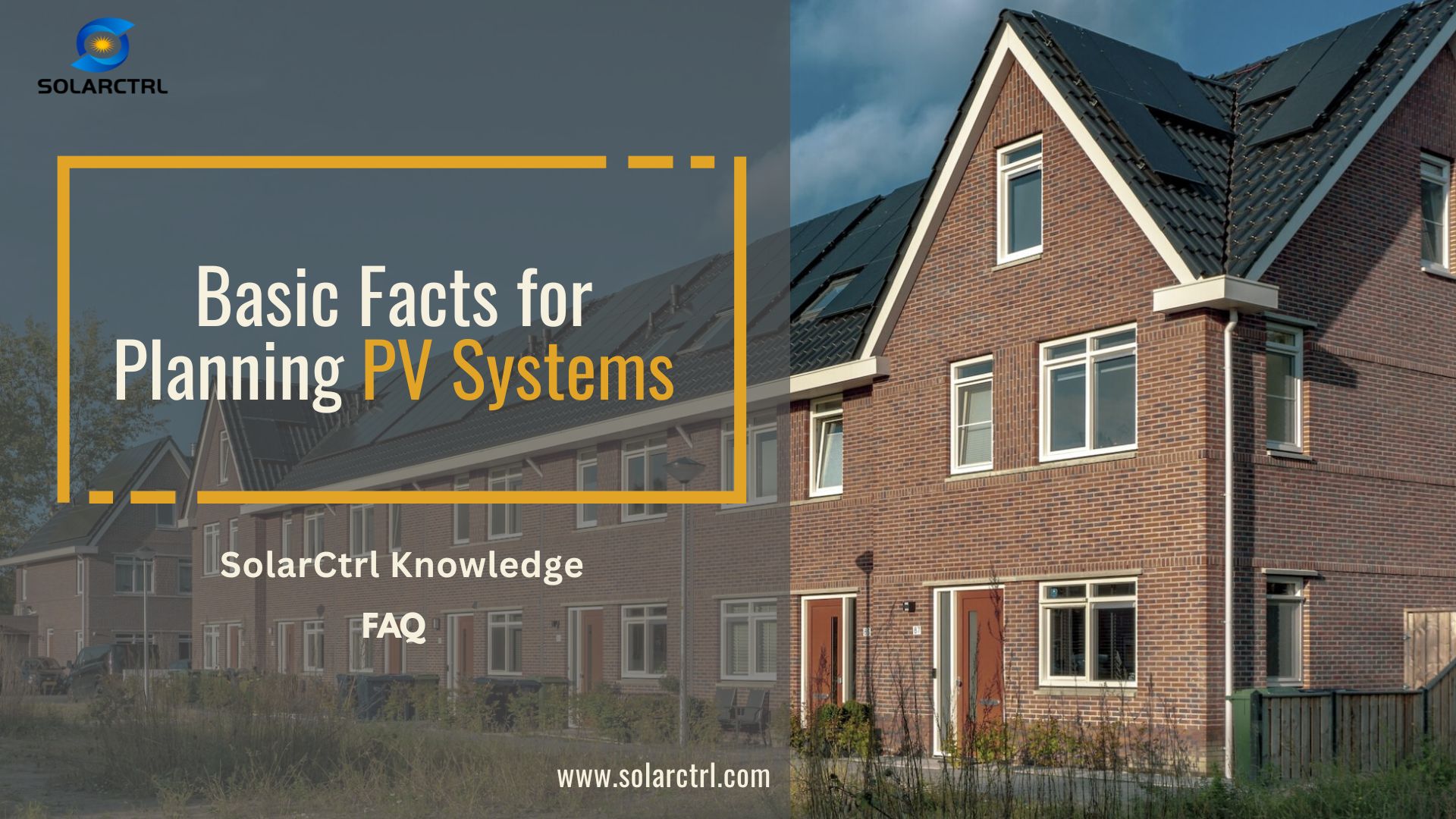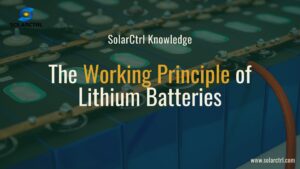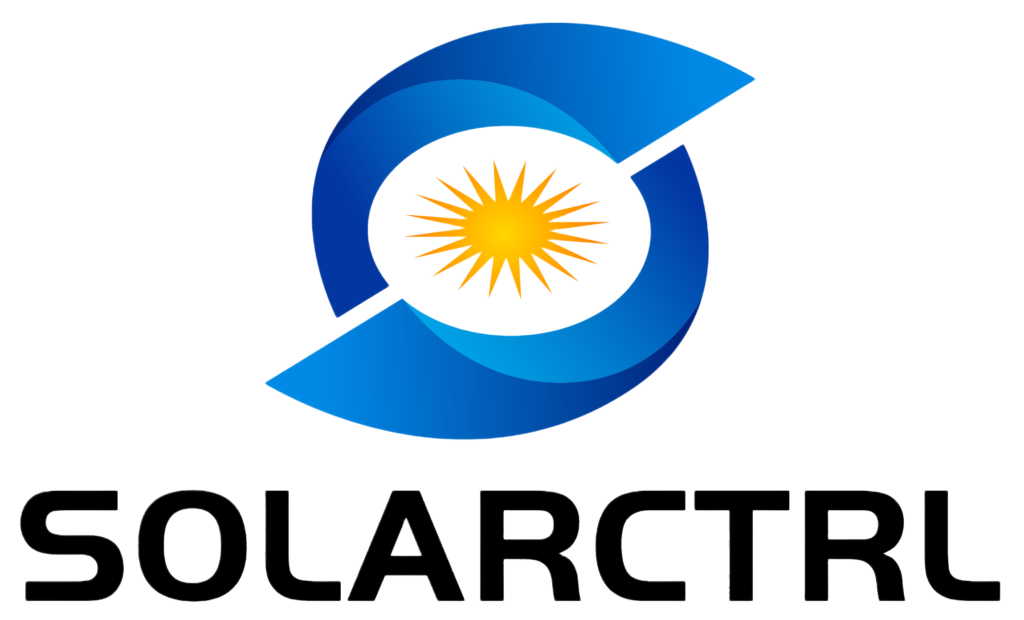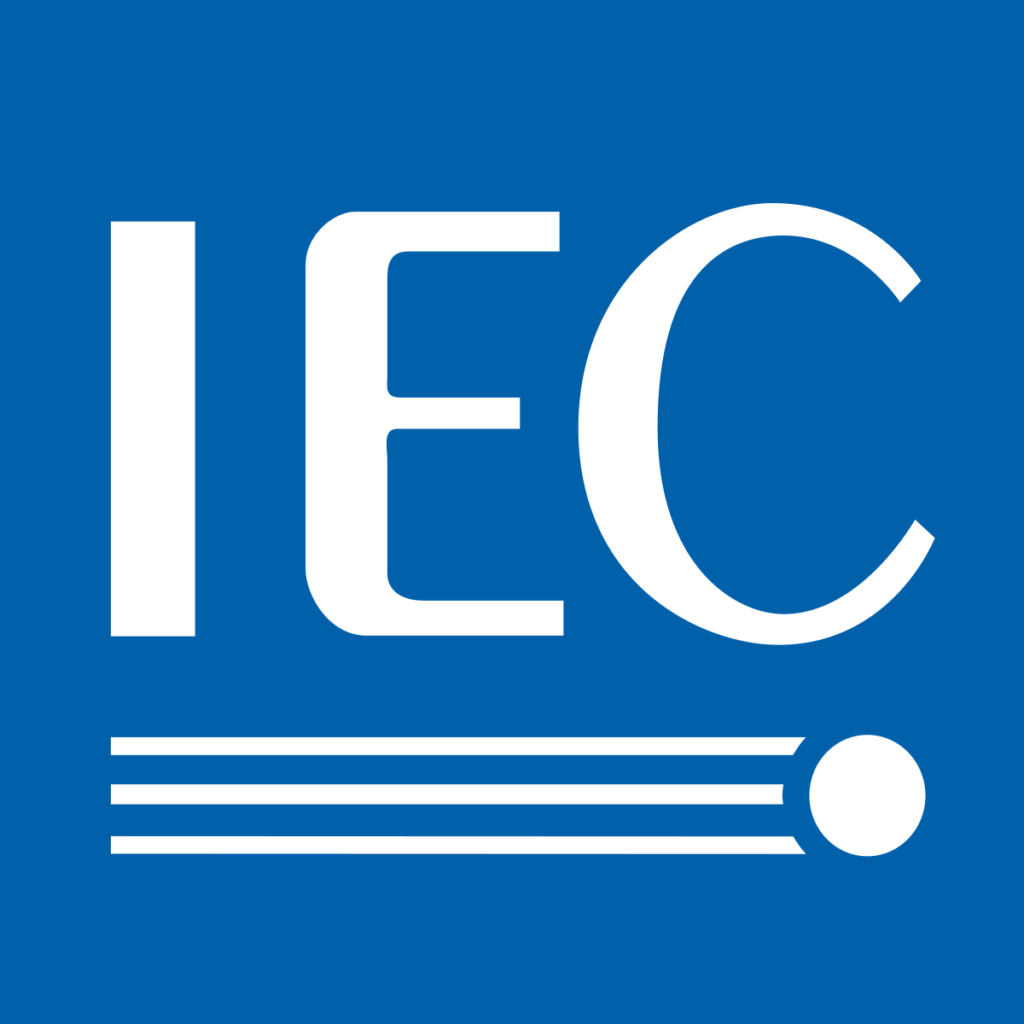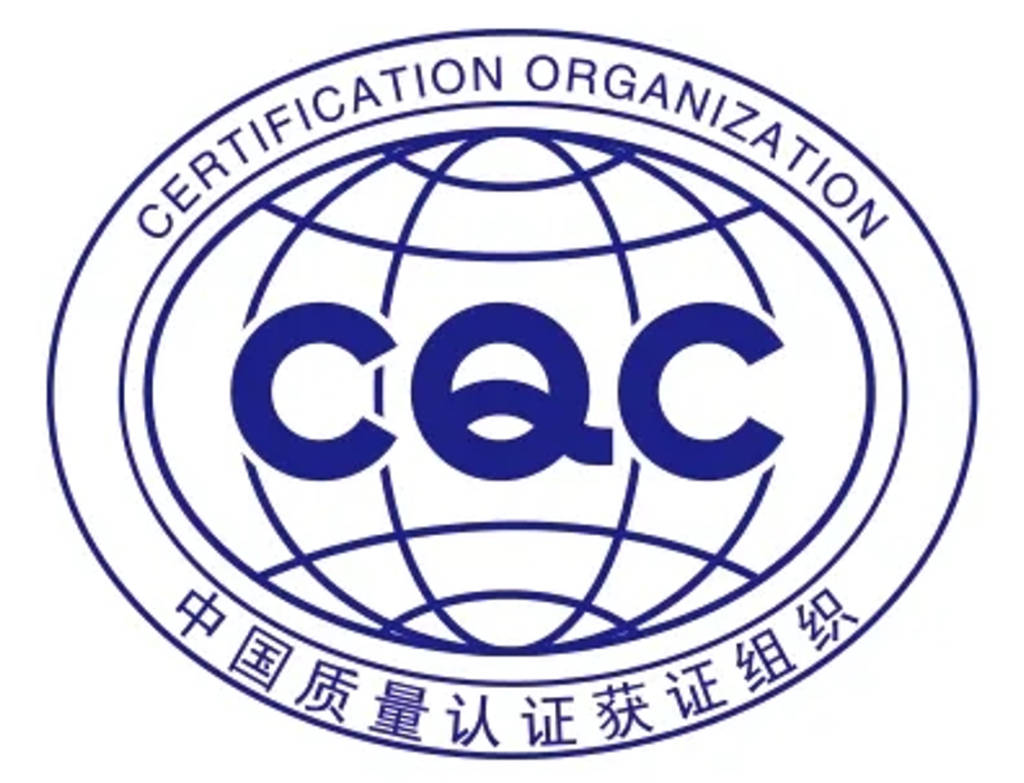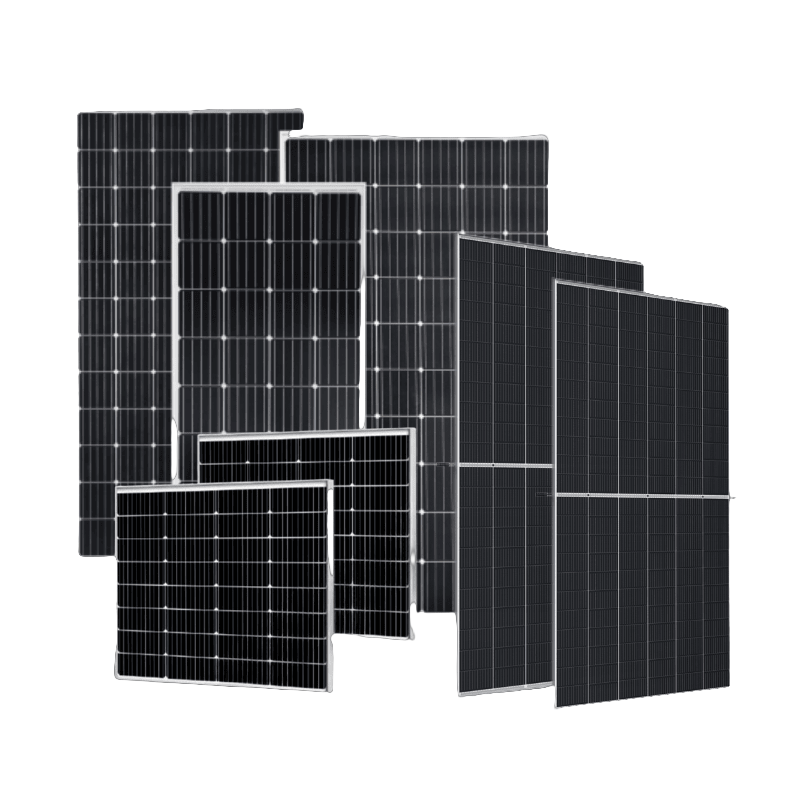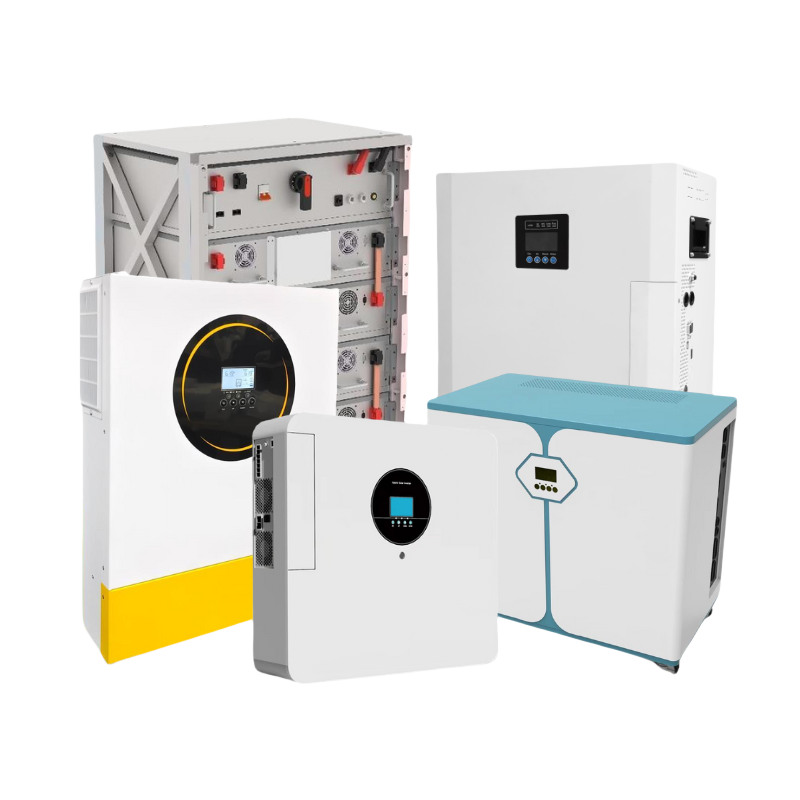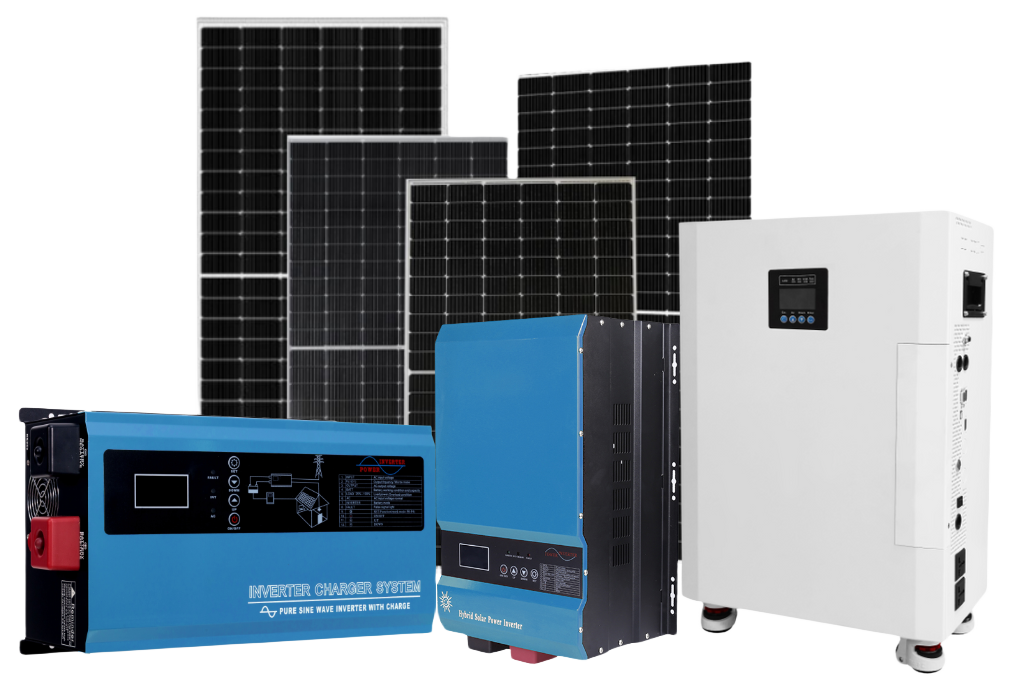Introduction
Embarking on a solar power journey begins with meticulous planning and assessment of your premises. This guide delves into the crucial aspects of solar photovoltaic (PV) system planning, from roof suitability and structural considerations to the selection of solar modules, ensuring a system that is both efficient and economically viable.
Roof Suitability and Structural Load
In assessing roof suitability and structural load for a PV system, it’s crucial to confirm legal and physical readiness. Ownership and access ensure legal rights for installation, requiring documentation or agreements for leased or shared properties.
Structural integrity involves a detailed evaluation by a structural engineer to confirm the roof can withstand additional loads from solar panels.
This assessment includes checking the roof’s condition, materials, age, and architectural design, as well as considering environmental factors like wind, snow, and seismic activities that may affect the system’s stability and safety. Ensuring these factors are thoroughly evaluated helps in planning a resilient and efficient PV system.
System Sizing and Layout
For system sizing and layout in PV system planning, the process is intricate, demanding detailed measurements and evaluations:
- Available Space Assessment: Precise measurements of the roof area are essential to determine the maximum number of solar modules that can be accommodated. This step involves analyzing the roof’s dimensions and potential obstructions to optimize space utilization.
- Orientation and Tilt Optimization: Solar panels should be positioned to maximize sun exposure. This entails aligning the panels based on the roof’s orientation (north, south, east, or west) and the optimal tilt angle, which varies by geographical location and season.
- Shading Analysis: A critical factor in PV system efficiency is the avoidance of shaded areas. Trees, nearby buildings, and other structures can cast shadows, significantly reducing energy production. Conducting a thorough shading analysis at different times of the day and year helps in designing a layout that minimizes shading and maximizes sunlight exposure.
Incorporating these detailed analyses ensures the PV system is designed for maximum efficiency and energy output, tailored to the specific characteristics of the installation site.
Solar Modules Selection
When selecting solar modules for a PV system, consider the following expanded criteria:
- Type of Modules: Monocrystalline panels offer higher efficiency and are suitable for limited space, but they come at a higher cost. Polycrystalline panels are more affordable and provide a good balance of cost and efficiency, suitable for larger areas.
- Power Capacity and Efficiency: Assess the energy needs of your property to determine the required power capacity of your solar array. Higher efficiency panels generate more power per square meter, an important factor in space-constrained areas.
- Durability and Longevity: Look for modules with strong warranties and proven durability to withstand environmental conditions like extreme temperatures, wind, and hail.
- Compatibility with System Components: Ensure the modules are compatible with other system components, such as inverters and mounting structures, to optimize overall system performance and reliability.
By carefully considering these aspects, you can select the most appropriate solar modules for your PV system, balancing efficiency, space, budget, and long-term performance.
Energy Yield Estimation
Estimating energy yield for a PV system involves considering seasonal variations and environmental impacts:
- Seasonal Variation: The sun’s trajectory changes with seasons, affecting solar irradiance and panel performance. In summer, longer daylight hours increase energy production, while in winter, lower sun angles and shorter days reduce output. Optimal panel angle adjustment can mitigate seasonal effects, enhancing year-round energy yield.
- Environmental Impact: Local climate conditions, such as cloud cover, precipitation, and temperature, significantly influence solar power generation. High temperatures can decrease panel efficiency, while clear, cool conditions optimize performance. Local weather patterns and historical climate data should be analyzed to accurately predict system output.
Incorporating these factors into energy yield estimations ensures a realistic projection of the PV system’s performance, tailored to specific geographical and environmental conditions.
Planning and Installation Tools
In planning and installing a PV system, leveraging specialized software is crucial for precision and efficiency. PV planning tools aid in simulating the layout, calculating potential energy production, and visualizing the system on the actual roof space. These programs can factor in variables like shading, panel orientation, and seasonal solar paths to optimize the design.
They also provide economic analysis, estimating costs, savings, and return on investment, helping to make informed decisions about system size and components. Utilizing these tools streamlines the planning process, ensuring a tailored and efficient solar power solution.
Financial Considerations and Incentives
Financial considerations for PV system planning include a thorough cost analysis of all components and installation expenses. Evaluate the investment for solar panels, inverters, mounting hardware, and potential roof modifications.
Investigate government, state, and local incentives, like tax credits, rebates, and grants, which can significantly lower initial costs and improve the investment’s return timeline. Understanding these financial aspects and leveraging available incentives are key to making solar installations economically viable and sustainable.
Maintenance and Monitoring
Regular maintenance ensures the PV system operates efficiently, prolonging its lifespan. Scheduled inspections can detect and rectify issues like panel obstructions, wiring problems, and component wear.
Monitoring systems are crucial for real-time tracking of energy output and system health, allowing for prompt troubleshooting and maintenance. This proactive approach minimizes downtime, maximizes energy production, and safeguards the system’s long-term functionality.
Conclusion
In the journey to solar energy adoption, SolarCtrl distinguishes itself with a dedicated team of engineers who specialize in crafting tailor-made solar solutions. This professional customization ensures that each client receives a solar system that perfectly aligns with their unique energy needs, spatial constraints, and financial considerations.
SolarCtrl’s commitment to providing expertly designed installations underscores its role as a trusted partner in achieving sustainable and efficient solar energy solutions.

